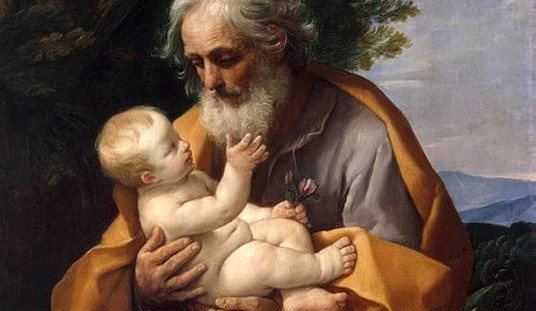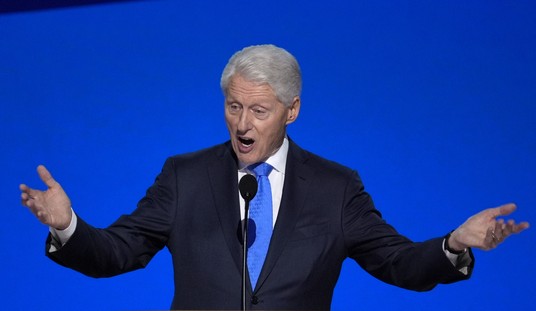Abundance of caution, or costly silence? The National Weather Service warned that a nor’easter bearing down this week on the Atlantic Coast would dump a potentially catastrophic amount of snow from Washington DC to Massachusetts. Major cities deployed snow-removal infrastructure as businesses closed to withstand the storm. When NWS models changed as the storm grew closer, showing a milder event, they kept their mouths shut — and these cities want to know why:
The National Weather Service is denying accusations it knowingly misled the public with its blizzard forecasts this week. On Monday, before the storm hit the East Coast, the agency forecasted up to a foot and a half of snow in New York, but only 7.6 inches fell. In Boston up to a foot was predicted but only 6.6 inches hit the ground. In the nation’s capital, up to eight inches were forecasted, and only about three inches actually fell.
The National Weather Service said it kept predictions high because it worried “a dramatic change in the snowfall forecast could produce an unwelcome result of less readiness and vigilance.”
The blizzard did dump massive amounts of snow in many areas in central New York. Binghamton received a record 31 inches of snow. But along the coast, where many of the big population centers are, it was less of a snowmaker than feared, leading some to ask — what happened with the forecasts?
This is not merely an academic question. CBS notes that the storm preparations and unnecessary business closures may have cost as much as $3 billion in economic losses in these areas. In New Jersey, Governor Chris Christie expressed frustration about the need to shift equipment around the state because of the NWS information they had been provided.
The answer offered by NWS is nonsensical, and self-defeating. Yes, keeping information away from people to maintain a panic mode certainly helped maintained “readiness and vigilance” … this time. The next time NWS warns of an impending catastrophic weather pattern, will it get the same response? Or will their diminished credibility lead a lot more people to discount their warnings as yet another attempt to manipulate public response? People already tend toward the skeptical when it comes to meteorological predictions just because of the whimsical nature of weather without adding dishonesty into the mix.
It’s as if no one ever read the story of the boy who cried wolf. The next time out, the storm might truly be fatal — and might be even more so because of the stunt pulled by the National Weather Service this week.







Join the conversation as a VIP Member